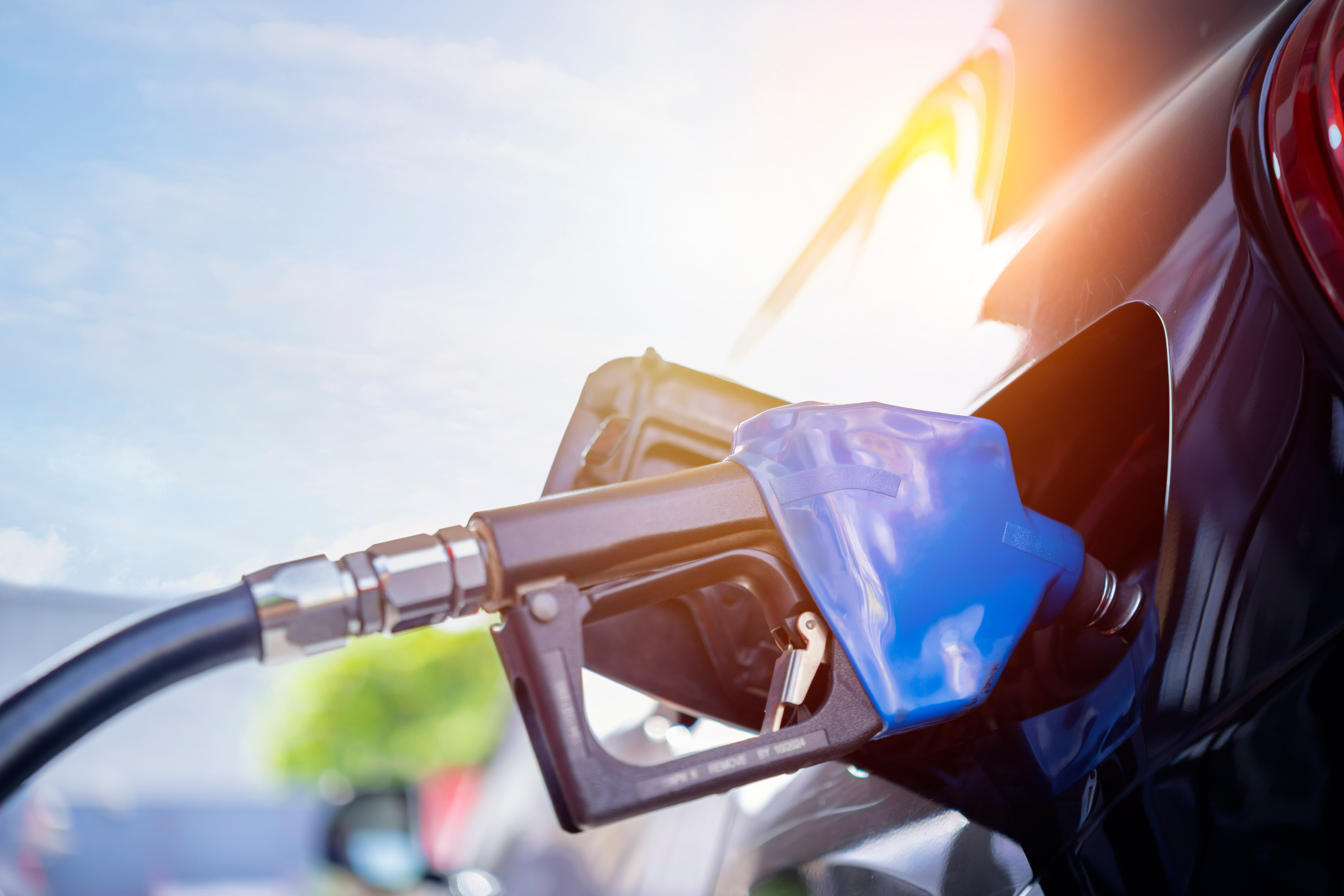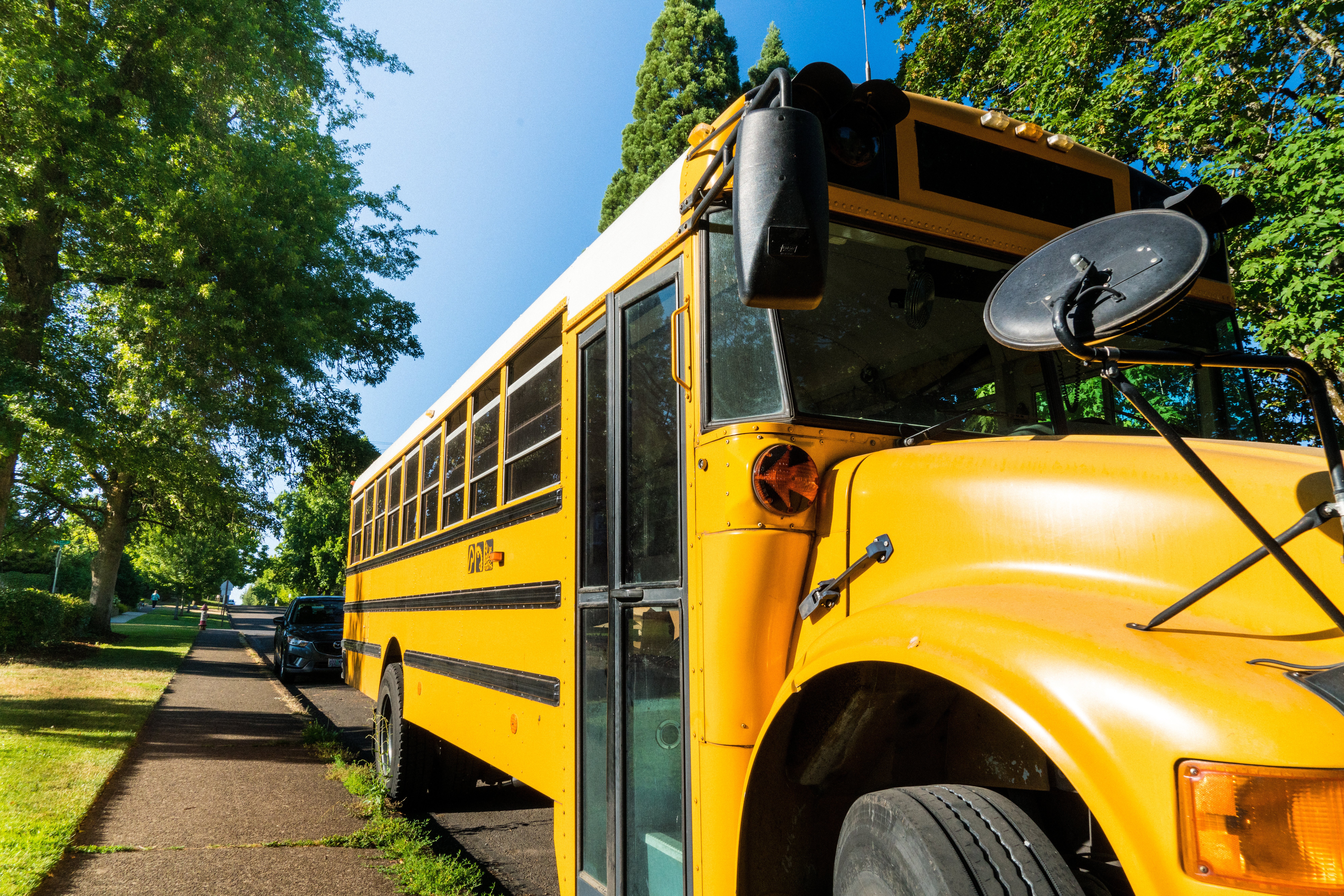
Fuel economy is all about getting more miles out of a gallon of gas. For fleets, using less fuel daily has several big benefits. It’s better for the environment — less gas means fewer harmful emissions — and it can save you a lot of money.
Simple things like idling, for example, waste fuel, and are bad for your engine. Even running your air conditioner pulls power from the engine, which reduces fuel economy.
Reducing idling time, monitoring heat and AC use, maintaining your engine, and keeping up with regular oil changes can all help improve your fleet’s overall fuel economy.
Driver behavior is another factor that affects fuel economy more than you may think. Your drivers’ habits ultimately affect how much fuel they use on their routes. Here are the top three ways to save fuel by adopting safer driving habits:
#1: Stop Speeding.
One of the biggest factors in fuel economy is speed. Not only is driving over the speed limit unsafe, but it’s also expensive. Did you know that driving just 10 miles over the speed limit (65 miles per hour in a 55 mph zone, for example) can decrease your fuel efficiency by almost 15%? Each 5 mph you drive over 50 mph is like paying an extra $.18 per gallon for fuel.
As a general rule, if you double your speed, you increase the power required by your vehicle by more than double. An SUV that requires 20 horsepower at 50 mph might require 100 horsepower at 100 mph, for example.
The ideal speed for most cars and trucks falls between 50 and 60 miles per hour. Faster than 60 mph, gas mileage begins to sharply drop because the drag created by the vehicle moving through the air exponentially increases and it needs more power to overcome the resistance.
In other words, the engine has to work harder, which burns a lot more fuel.
#2: Stop driving aggressively.
Aggressive driving — tailgating and starting and stopping too fast and too often — wastes gas.
A recent study by the Department of Energy’s Oak Ridge National Laboratory found that aggressive driving can lower gas mileage by 15-30% on the highway and 10-40% in stop-and-go traffic. This aggressive behavior in light-duty vehicles equates to a loss of as much as $.25 to $1 per gallon.
It’s more efficient to let your vehicle coast to slow down before you brake to a full stop, and then slowly accelerate. Gaining speed gradually uses much less fuel than flooring the gas or slamming on the brakes, which both require your engine to work harder.
Minimizing aggressive driving habits can save you as much as $.82 per gallon and using cruise control — which keeps your speed more even — can save you up to 10% on overall fuel costs.
Well-trained drivers have the skills and safe driving practices they need to reduce risks on the road, as well as lower your overall fuel costs.
#3: Keep your tires inflated.
Another way to save fuel is to keep your tires properly inflated. Tires can have a significant impact on your fuel economy. Keeping tires inflated reduces drag, which can decrease gas mileage by 3% or more.
For every one psi drop in your tire pressure, gas mileage is decreased by .4%. Add up all of the underinflated tires on all vehicles in your fleet and the savings add up fast.
As a tire rolls across the road, its shape constantly changes, losing heat and power. This, combined with tread, composition, weight, and height all contribute to the loss of energy called “rolling resistance.” It is estimated that some 20% of fuel is used to overcome rolling resistance.
Tires should be in line with the manufacturer’s recommendations. Always make sure your tires are properly inflated — it can save you as much as 10% on fuel.
Though it has been suggested that slightly overinflating your tires can increase gas mileage, there is no evidence to support this. Plus, overinflating tires can be dangerous. It makes the vehicle harder to handle and can increase the risk of blowing a tire.
Also, remember that winter temperatures affect tire pressure. As a general rule, tire pressure decreases by as much as two pounds for every 10 degrees the temperature drops.
Adopting good driving habits can go a long way toward better fuel economy. Hiring the right drivers, preparing them with the right training, and then evaluating their performance is the surest path to a safer, more efficient fleet that will increase fuel economy. Using less fuel is better for the environment, as well as your bottom line.
.png?width=254&height=76&name=SmithSystemLogo-RGB%20(1).png)










